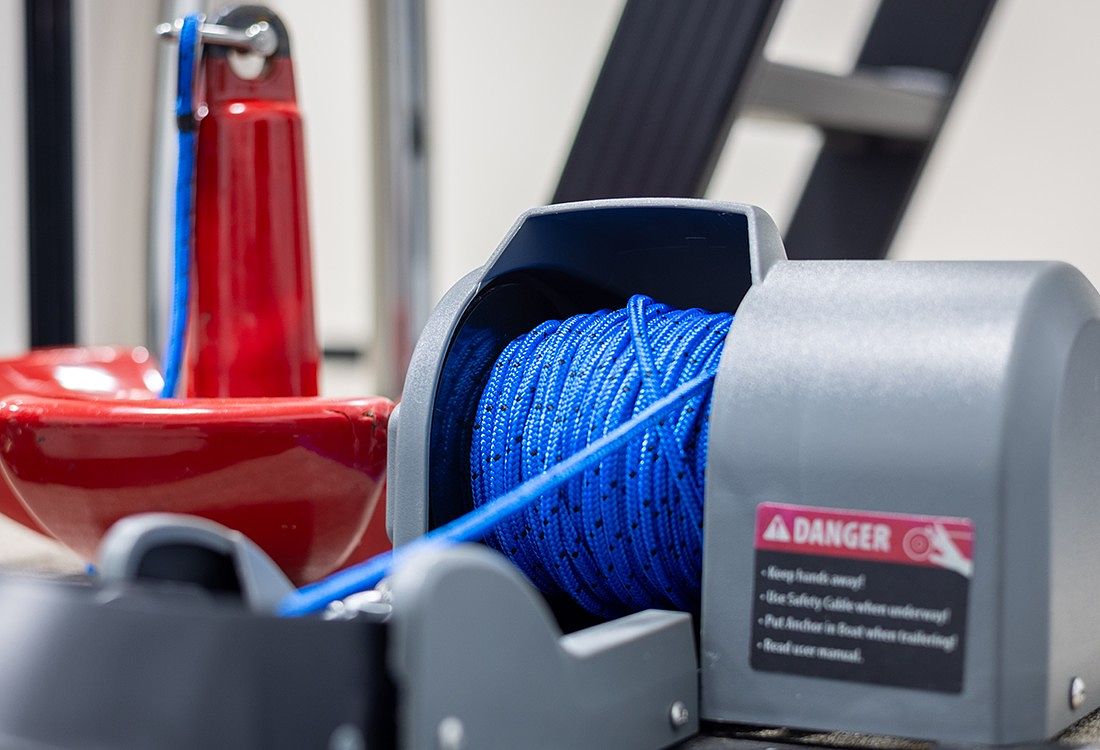Anchoring Basics Every Indiana Boater Should Know
Knowing how to safely anchor your boat on Indiana lakes is essential for protecting both your passengers and your watercraft. Improper anchoring can cause your boat to drift into unsafe areas or even lead to accidents and injuries.
The good news is that learning how to safely anchor your boat on Indiana lakes doesn’t have to be complicated. With a basic understanding of the right equipment and anchoring techniques, you’ll be ready to enjoy a secure and relaxing day on the water.
Types of Boat Anchors
Boat anchors come in different types, with plow anchors and fluke anchors being the most common. Plow anchors look like plows and offer strong holding power in different types of ground due to their sharp, pointed tips and heavy construction. They work best in muddy or sandy bottoms but aren't as good in rocky bottoms.
Fluke anchors are lighter with collapsible flukes. They also work well in sandy or muddy bottoms but are not ideal for grassy or rocky areas, where they can have trouble setting. Being light and versatile, these anchors are popular for small to medium-sized boats.
Finally, there are claw anchors. These have a claw-like design and are a common choice as they work well in almost any kind of seabed. These anchors are highly favored among cruisers because they set quickly and provide solid holding power.
Anchoring Conditions and Techniques
The most common technique is bow anchoring, which involves dropping a single anchor from the bow and is ideal for most situations. For added stability and to limit swing, boaters sometimes use a two-anchor or double-anchor method. This involves setting two anchors from the bow at an angle to create a wider holding zone, which helps minimize drifting side to side.
It’s important not to confuse this with tandem anchoring, where a second anchor is deployed in line with the first to increase overall holding power, often used in rough conditions or when anchoring in deeper water. In calm waters, standard bow anchoring typically suffices, but in stronger currents or winds, a heavier anchor or secondary setup may be necessary. Anchors known for strong holding power, such as plow or claw anchors, are ideal in these tougher conditions.
Steps To Anchoring Safely
Let's examine the steps to safely anchor your boat on Indiana lakes. First, select an area with plenty of room to anchor. An ideal spot is well-protected, with plenty of water depth and a sandy or muddy bottom. Move slowly into the wind or current to take a position upwind or upstream from where you want to be. Once there, stop the boat and lower the anchor from the bow.
It's important not to anchor from the stern as this could cause the boat to swamp when the stern is hit by waves. The weight of the motor can add to the problem and bring the stern down.
How Much Anchor Line Do You Need?
Slowly back the boat downwind or downcurrent and deploy between seven times as much anchor line as the water depth. You'll need more with rougher waters. Tie off the line around a bow cleat. Tug the anchor to make sure it's set. After anchoring, note visual landmarks such as buoys or the shore to get an idea of your position.
Check the landmarks often to ensure the anchor isn't dragging. You should also occasionally check the knots on your line. While temporary knots like a bowline may work in casual settings, they're not ideal for long-term anchoring. For best results, use splices instead of knots, as these don't weaken the line as much.
See us at Reeder-Trausch Marine to find out more about boats and boating from our experienced staff. We can help you find the boat you need.


